Employee Experience Challenges and Opportunities in the Post-COVID Era
In last week’s webinar, we talked about the pending great resignation and how you can leverage human capital management technology to stem the flow of talent out of your organization. One attendee asked about additional data showing post-pandemic employee experience challenges and opportunities, so I’ll take this time to share some intriguing results from Microsoft’s 2021 Work Trend Index.
First and foremost, the study undeniably points to the desirability of hybrid work. Over 70% of workers want flexible remote work options to continue, while over 65% are craving more in-person time with their teams.
Microsoft found that in response, 66% of business decision-makers are considering redesigning their companies’ physical spaces to better accommodate hybrid work environments. However, the remote portion of the hybrid work equation is less certain and presents a clear opportunity to improve the employee experience.
Over 70% of workers want flexible remote work options to continue, while over 65% are craving more in-person time with their teams.
Even after almost 18 months, 42% of employees say they lack essential office supplies at home, and 1 in 10 don’t have an adequate internet connection to do their job. And worse, over 46% say their employer does not help them with remote work expenses. In the post-COVID era, organizations must focus on how to provide the online and offline tools necessary for employees to contribute to the best of their ability – wherever and whenever they happen to be working. Company space must be appealing enough to encourage commuting in as well as valuable teamwork interaction, inclusion and social support, but home space needs to facilitate a job well done for a positive employee experience.
Anyone who touches the employment space has heard an earful about the psychological effects of prolonged pandemic stress.
The Microsoft research, for instance, showed that one in five respondents feels their employer doesn’t care about their work/life balance. Fifty-four percent feel overworked, and 39% feel exhausted. Sixty percent of Generation Z – or those between the ages of 18 and 25 – say they are merely surviving or flat-out struggling right now. And, according to USA Today, 9 in 10 working parents are worried about all that they are dealing with mentally, and 38% say their mental load will continue to be a concern post-pandemic.
One component of this overall stress is what Microsoft calls “digital exhaustion.” Per the Work Trend Index, the digital intensity of workers’ days increased substantially during the pandemic. Specifically, when collaboration trends in Microsoft 365 were compared between February 2020 and February 2021:
- Time spent in Microsoft Teams meetings more than doubled (2.5X) globally.
- The average meeting is 10 minutes longer, increasing from 35 to 45 minutes.
- Team communication became more unstructured and mostly unplanned, with 62% of calls and meetings unscheduled or conducted ad hoc.
Interestingly, when Microsoft examined billions of Outlook emails and Microsoft Teams meetings, it found that the shift to remote work actually shrank our networks. While digital interactions with immediate team members increased, engagement with other teams and more distant networks slowed down. This had the unfortunate result of siloing organizations even further.
As we recover from COVID-19, organizations must understand these realities and address psychological strain, digital exhaustion and reduced connection points head-on. Leaders should model a work/life model that is truly balanced and accept that in this new world, asynchronous collaboration is just as valuable as synchronous collaboration, and personal and break time is just as valuable as work time. Ironically, if used effectively, your employee experience technology can reduce the time employees must spend interacting with it.
Finally, organizations can encourage departments and groups to come back together on a larger scale and expand communication and collaboration to adjacent personal and company networks. Not only will this strategy improve social support and integration, but it will also help attract and retain the gifted talent that may exist on the fringes or just outside your immediate sphere.
[Editor’s Note: Today’s post comes from Alexandra Levit, workforce and human capital author, analyst, consultant and futurist and Managing Partner of PeopleResults.]


















